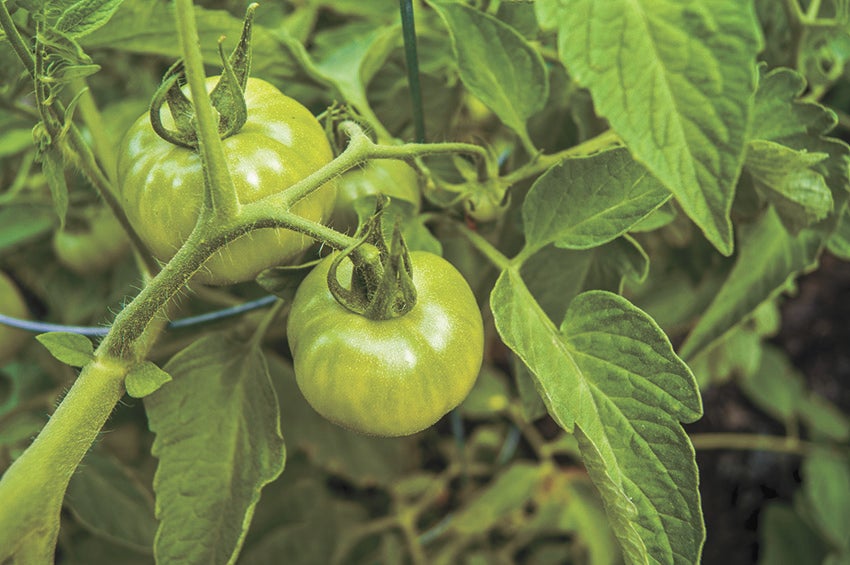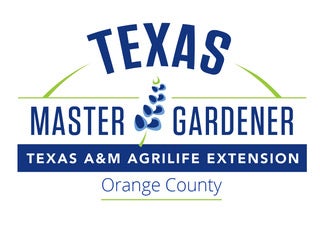Master Gardeners: More on why are my tomato leaves turning yellow?
Published 12:56 am Saturday, May 29, 2021
|
Getting your Trinity Audio player ready...
|
(Editor’s note: This is part two of a two-part series)
By Laura Muntean
Texas A&M AgriLife Extension Service from the weekly online newsletter Texas Gardener’s Seeds
Last week my article started off talking about Nutrition needs in tomato plants and the importance of it. This week I will share with you diseases and other problems with yellowing leaves on the tomato plants.
Diseases may present with yellow leaves
Texas is a prime location for fungal diseases in tomatoes, simply due to the heat and humidity that are common in the state. Because these conditions are ideal for spreading diseases, Masabni suggests using a fungicide protectant on a regular basis, once every seven to 10 days, and up to 14 days in a dry year.
“Spray on a schedule whether you think you need it or not,” he said.
Fungicides are typically used as protective and not as a curative measure for fungus. So, this is a proactive approach that gardeners will want to start before seeing signs of disease to protect the plants from developing one. Once you can see the disease, it is often too late.
Most fungal and bacterial diseases cause some kind of yellowing, he explained.
The most common fungal disease seen in Texas is powdery mildew or early blight, which starts from the bottom of the plant and moves up as the leaves die off.
Physiological disorders can produce yellowing of the leaf
Salt damage — not just table salt or sodium chloride, but any excess mineral — can result in yellowing.
If you are growing tomatoes in a container and your water contains a heavy amount of salt, once in a while water the container until it leaches out, so the salt can run through the soil and flush out of the container. This will help in preventing buildup of those salts within the container itself.
Use caution with herbicides
“Gardeners should avoid Roundup near the vegetable garden because tomatoes are super sensitive to Roundup,” Masabni said.
Roundup injury to tomatoes creates a bleaching effect from the inside to the outside of the leaf and affects the newest growth of the plant such as the youngest leaves and shoots.
Vegetable problem solver and maintenance
On the Aggie Horticulture website, the vegetable resources link provides a vegetable problem solver where you can look at different common problems you may encounter in Texas.
“The bottom line — any form of yellowing is not good,” he said.
Even if you don’t know the cause, remove any yellow leaves and throw them away in case they are diseased so the disease will not spread and infect others. Then, spray a fungicide and hopefully the problem will be resolved by early diagnosis. When removing leaves, be sure to remove them with a clean hand and properly dispose of the leaves. Wash your hands thoroughly before you continue working on other healthy plants to avoid spreading any disease between plants.
Also, ask yourself if you have been fertilizing regularly. Does the plant look tall enough or is it the same height as a month ago, which may mean you need more fertilizer?
Placing a fertilizer solution on the end of your hose and washing off your plant from top to bottom on occasion will also simulate a rainfall situation, he explained. This will be especially helpful in a dry year, when mites may become a bigger issue. Washing the plant with water will wash off the mites, and clean and cool the plant, all while fertilizing it.
For more information on vegetables and gardening resources, visit the Aggie Horticulture website. Or you can contact our Hot-Line 409 882-7010 Tuesday and Thursdays from 10 a.m. – 2 p.m. or thru our Facebook page Orange County Texas Master Gardeners.







